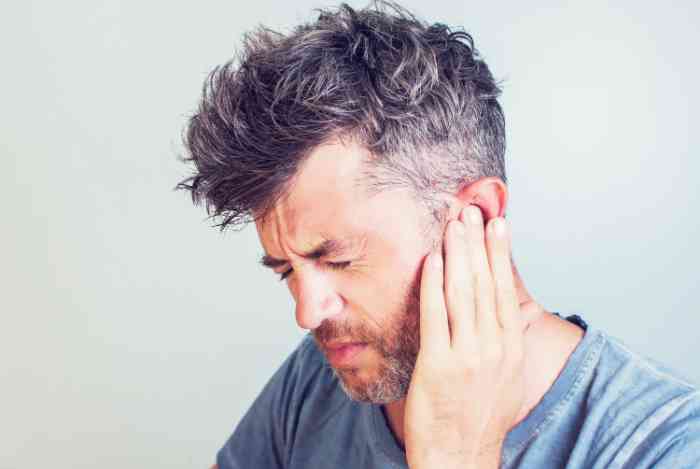Flying with clogged ears: tips for Australian travellers

Flying with clogged ears is a common concern for many travellers, whether taking a short domestic hop across New South Wales or Victoria or embarking on a long-haul flight overseas. The rapid changes in cabin pressure during take-off and landing can cause discomfort, pain, and temporary hearing issues. Understanding why ears become blocked and how to manage them is essential for Australian travellers to maintain hearing health and enjoy a smoother flying experience.
Why do ears get blocked when flying?
The sensation of blocked ears occurs primarily due to pressure imbalances in the middle ear. The eustachian tubes, small passages connecting the middle ear to the back of the throat, are responsible for equalising air pressure. When these tubes are obstructed, pressure cannot adjust properly, leading to discomfort.
Why do ears get blocked when flying?
The sensation of blocked ears occurs primarily due to pressure imbalances in the middle ear. The eustachian tubes, small passages connecting the middle ear to the back of the throat, are responsible for equalising air pressure. When these tubes are obstructed, pressure cannot adjust properly, leading to discomfort.
Common contributing factors include:
Congestion from colds or sinus issues
Allergic reactions
Ear infections
Rapid pressure changes
Understanding these underlying causes helps travellers anticipate discomfort and take preventive action before flying.
Can you fly with a clogged ear?
Many travellers wonder, “Can you fly with a clogged ear?” The answer is generally yes, but there are caveats. Flying with blocked ears may be uncomfortable and increases the risk of ear barotrauma, which occurs when pressure differences injure the ear. If you are experiencing severe congestion, fluid build-up, or significant pain, it is advisable to consult a healthcare professional before boarding. For mild congestion, preventive techniques and remedies can make flying safer and less painful.
How to reduce ear pain when flying
Flight ear plugs
Swallowing and yawning
Valsalva maneuver
Chewing or sucking on candy
Remedies after flying with stuffy ears
Despite preventive measures, ears can remain blocked after a flight. Several remedies are effective in restoring normal hearing:
- Warm compresses: Applying a warm compress to the affected ear increases blood flow and relaxes the surrounding muscles. This can reduce inflammation in the eustachian tube and relieve discomfort. Australian travellers often find this method soothing after long domestic or international flights.
- Steam inhalation or warm showers: Inhaling steam or taking a warm shower helps loosen mucus that may be obstructing the eustachian tubes. Moist heat encourages drainage and ventilation in the middle ear, facilitating pressure equalisation and easing pain.
- Nasal decongestants or saline sprays: These solutions reduce swelling in nasal passages and eustachian tubes. By clearing blockages and improving airflow, they allow pressure to equalise more easily. Careful use is recommended according to product instructions to avoid irritation or dependency.


Special considerations for ear infection and flying
Flying with an active ear infection can significantly worsen symptoms. Signs to watch for include:
- Severe ear pain or pressure
- Fever or general malaise
- Fluid discharge from the ear
- Sudden hearing loss
Travellers with these symptoms should delay flights where possible and seek medical advice to prevent worsening conditions.
How to unclog ears after flying with a cold
When congestion from a cold exacerbates ear blockage, follow these steps:
- Use saline spray: Clears nasal passages, reducing inflammation and mucus that block eustachian tubes.
- Perform gentle pressure-equalising techniques: Swallowing, yawning, or a careful Valsalva maneuver can help balance pressure.
- Apply warm compresses: Reduces inflammation and encourages fluid drainage.
Prompt attention prevents long-term ear problems and helps restore hearing more quickly.
Professional assessment
If ears remain blocked for several hours or days, or if pain persists, consulting a hearing specialist is essential. Persistent ear problems after flying can indicate fluid retention, infection, or damage to the middle ear. Early evaluation ensures appropriate treatment and prevents complications such as hearing loss.


Taking proactive measures for your health is essential, take action now with a free consultation to safeguard your hearing health.
Don’t let blocked ears affect your hearing.
✔️ Book a FREE hearing test
✔️ Get expert advice tailored to you
✔️ Fast, professional support near you
Preventive tips for Australian travellers
Before boarding a flight, taking a few preventive steps can help protect your ears and reduce the risk of discomfort. Simple daily measures can make a significant difference in maintaining ear pressure balance and ensuring a more comfortable flying experience.
- Monitor health before flying: Avoid air travel with severe congestion or active ear infections to reduce discomfort and risk of complications.
- Stay Hydrated: Hydration keeps mucous membranes moist and supports eustachian tube function.
- Choose strategic seating: Seats near the front or wings of the aircraft experience less turbulence, slightly reducing pressure-related ear discomfort.
- Pack essentials: Carry water, chewing gum, hard candy, and over-the-counter nasal sprays to help maintain ear health during flights."
Feeling discomfort during flights? Consider booking a free hearing assessment or consultation to ensure your ears stay healthy and pressure-ready for travel.
With you on your journey to better hearing.
It's time to finally treat your hearing loss. Sign up for a free consultation with a licensed hearing care professional today to determine if you have hearing loss. It’s the start of your journey towards better hearing.
EarPros benefits:
- it's 100% risk free.
- best partner with more than 1.000 stores



